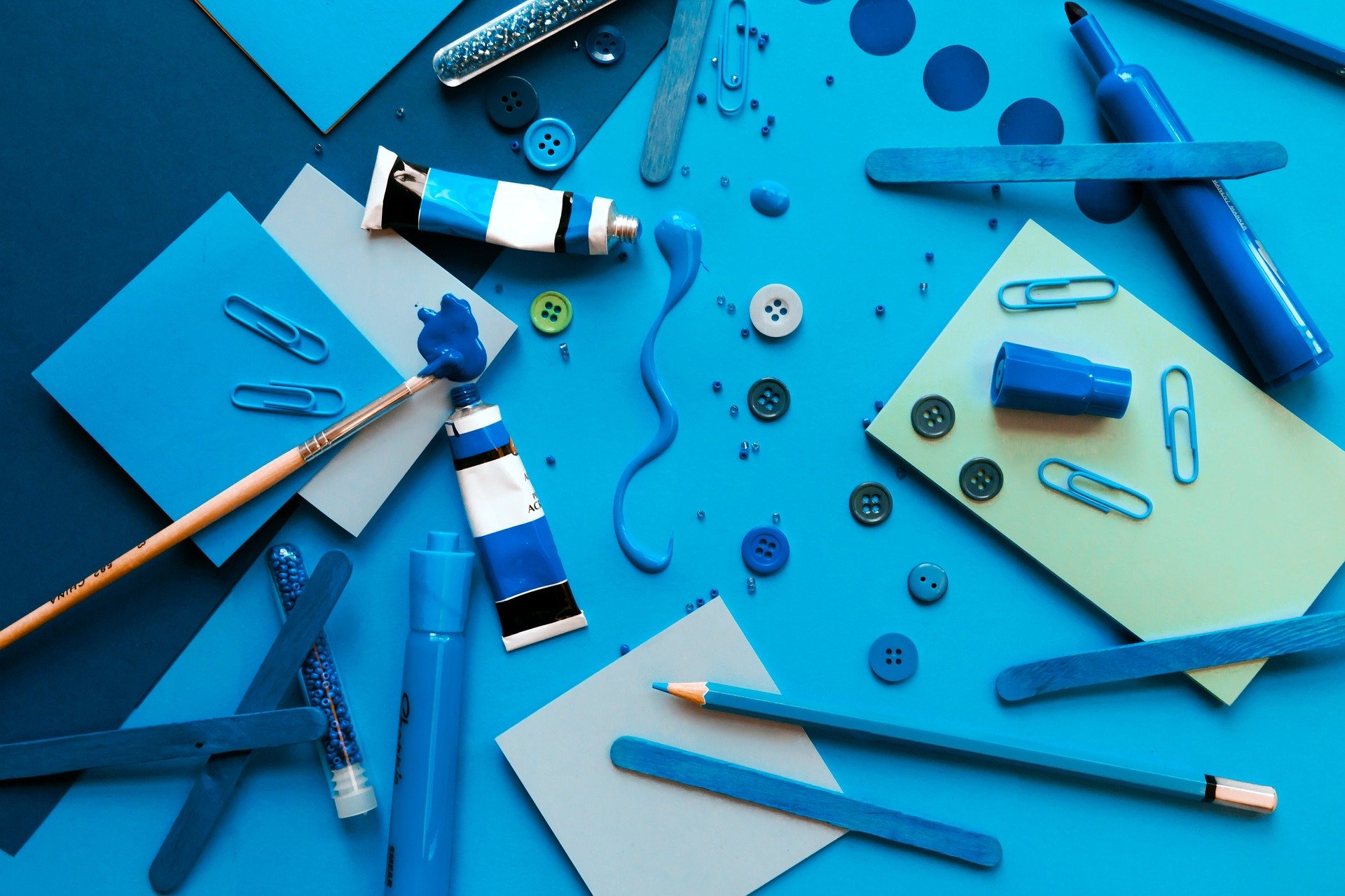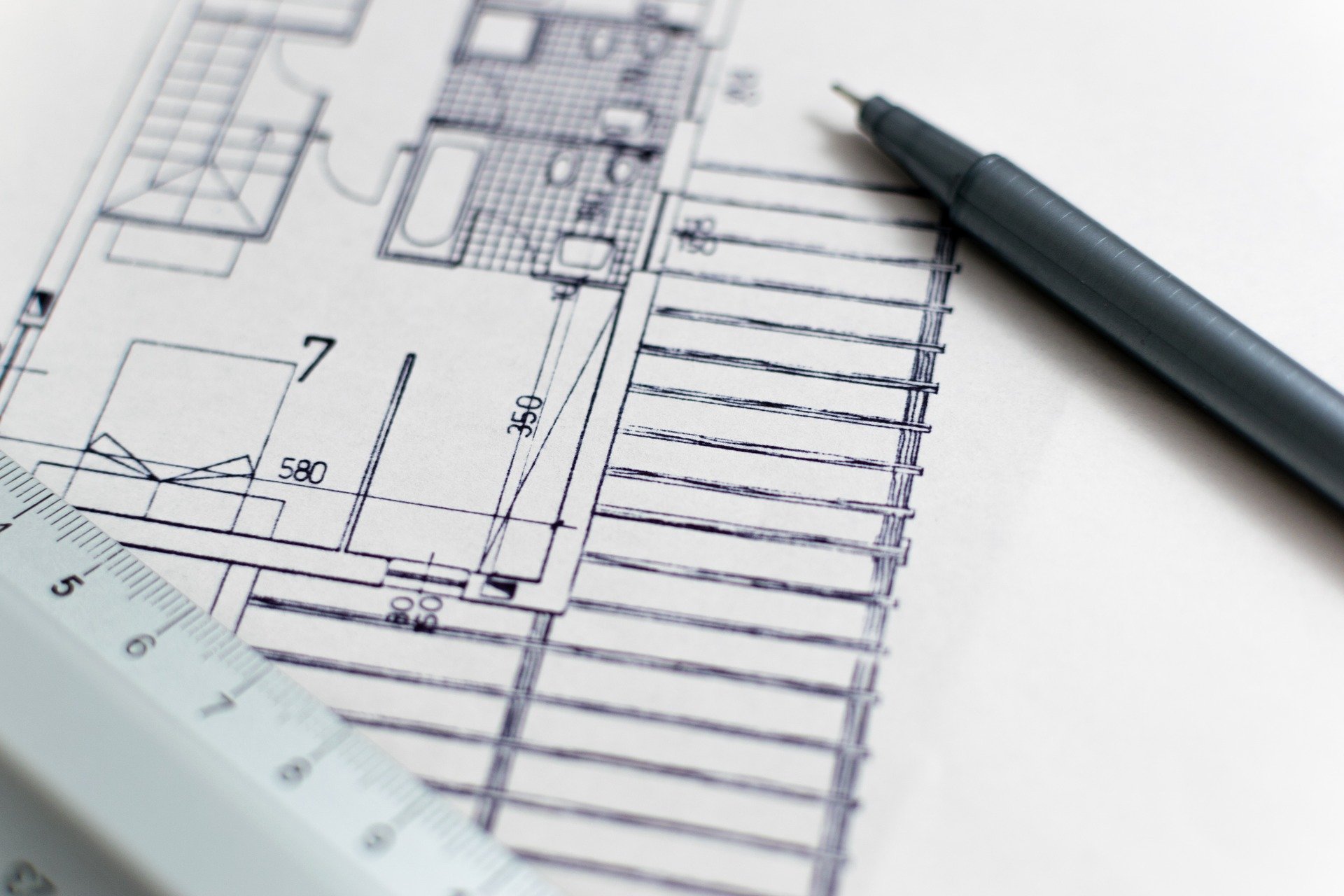Professional development/Design thinking/Design for manufacturing
Here are a few tips and tricks and guidelines for your prototyping process.
You are encouraged to go crazy and come up with loads of ideas for your concepts but once you have narrowed down your final concept it is time to think about how you will build it.
There are 3 stages of prototyping here but don't limit yourself to 3, you learn something every time you make a new prototype so more is better!
General rules
- Always have a project plan to keep you on track and keep the global objectives in sight.
- Always have a goal for the prototype and test it by comparing it against specifications for your project.
- Always think about how each part will interact with each other and how they will be assembled.
- 3D printing simple geometric shapes is never a good idea (rectangles/boxes, cylinders, flat plate...).
- Never 3D print fasteners (or other cheap, easily bought parts).
- Keep the laser cutter in mind whenever you need an enclosure (it's fast!).
- Always practice soldering, it is a skill that takes time to master.
- Your time is also valuable. Spend a few dollars if it will save your many hours of frustration.
Prototype planning
The first step when thinking about prototyping is deciding which technical specification(s) or metric(s) you want to evaluate. You can then use the specs to come up with an objective for your prototype and a testing plan. This objective, or reason, for the prototype will be a justification for making it, for example a high priority metric needs to be validated. The testing plan will include ways to evaluate the metric(s) and how the results will be collected. You can then develop and build a prototype that will be able to perform the outlined tests and give appropriate results.
Remember that a prototype is not regular everyday work on a project, it is a targeted way of obtaining and evaluating test results. This may mean that a prototype will not be used in the final product.
If you are working on a software project and you are not quite sure where to start, check this out: software prototyping and tools
Prototype 1
This prototype is generally a proof of concept to see if there are any major problems with the way your concept is currently outlined. Use it to refine the basic principles of your design.
Tips
- Make it 3D. Whenever possible, make a 3D representation of your ideas to be able to hold them in your hands and look around. This can be done by using cardboard, straws, skewers, etc in the physical world or by 3D modeling the components in the virtual world.
- Keep it low cost. You have a budget for any project, don't spend much here since it is simply to get some ideas in 3D form.
- Details. Put as many details as possible in your prototype, it will help a lot to know them now than trying to figure out last minute how to assemble parts that really don't want to fit together. Make sure to add all your parts into the prototype, this includes electrical wires, power supplies, fasteners and connectors (if applicable).
- Moving parts. Along the same lines as the previous point, if you have any moving parts in your project, try to simulate the motion in your prototype so that you can detect any interference early on.
- Materials and components. Make sure that you decide what material you will be making every part of your prototype out of and which specific components will be included.
Rules
- Always start with a detailed drawing.
- Always include all parts in the prototype.
- Do not 3D print something you can test with cardboard.
Prototype 2
This prototype is a sub-section of the whole project to test basic functionality. You should pick the main, most important part of your system. You should be detailing even more your design and figuring out exactly how you will build each part.
Tips
- Many parts. Don't stop at 1 prototype if you have a complex system. Test out each of the parts to learn if they need refinement or not.
- Documentation. Start documenting all your processes, you will want to know later how parts fit together and what the reason is for some of your design choices. Make sure to have assembly drawings, electrical schematics, comments in code, etc. Start your Makerepo repository to keep your design files and instructions (How to submit a project to MakerRepo).
- Calculations. Don't forget that engineering design does not exclude math. You should calculate components in your system to see if they will work. For example battery life and material strength are often assumed to be ok (but do you really know if it is?).
- Manufacturing. Pick the right manufacturing process for each part keeping in mind all the tools at your disposal and your time allocated for building (CEED). Try to use parts that are commercially available and put them together rather then building everything from scratch.
Rules
- Always pick the most critical system so you make sure the most amount of time is spent getting it to work.
- Always review your design and bill of materials with your project manager/teaching assistant.
- Always validate your design with some calculations.
- Always purchase your materials as soon as possible and watch out for items that take a long time to ship. Check out the Purchasing Guide for some of our common stores and resources.
Prototype 3
Now it is time to build and put together your entire system. You should already have a functional part from prototype 2.
Tips
- Assembly and troubleshooting. This will always take longer than you think and there will always be more problems than you think, leave buffer time!
- Prototype vs product. You will do your testing with different components than what will be in your final product. In electronics you might use jumper cables and breadboards to test but wire cut to length and protoboard should be used in a final prototype. In mechanical you might use hot glue or wood/plastic to test but proper fasteners and metal parts should be used in a final prototype (if applicable). In software you might use pseudo-code or only sub-functions to test but all code should run without user interference in a final prototype.
- Aesthetics and finishing. Don't forget that an aesthetically pleasing product always takes it the extra mile and different finishing (paint, sealant, etc) is important in most cases.
Rules
- Always think about the right fastening/adhesive for your material, hot glue is never an appropriate fastening or sealing method.
- Always solder electronic circuits with wire and protoboard. No breadboards or jumper cables here!
Prototype testing and results
Once your prototype is made then you can test it. Remember that the whole purpose for creating the prototype is to test and get measurable results to evaluate a metric(s). The results should be as objective as possible and collected with a clear procedure that is repeatable. This procedure should be documented so that multiple teammates could carry it out and achieve the same results. This is especially true when conducting interviews for user feedback.
Remember that debugging part of the project is not considered testing. The tests should be a clear reflection of the metrics outlined earlier in the design process.
Have fun!


